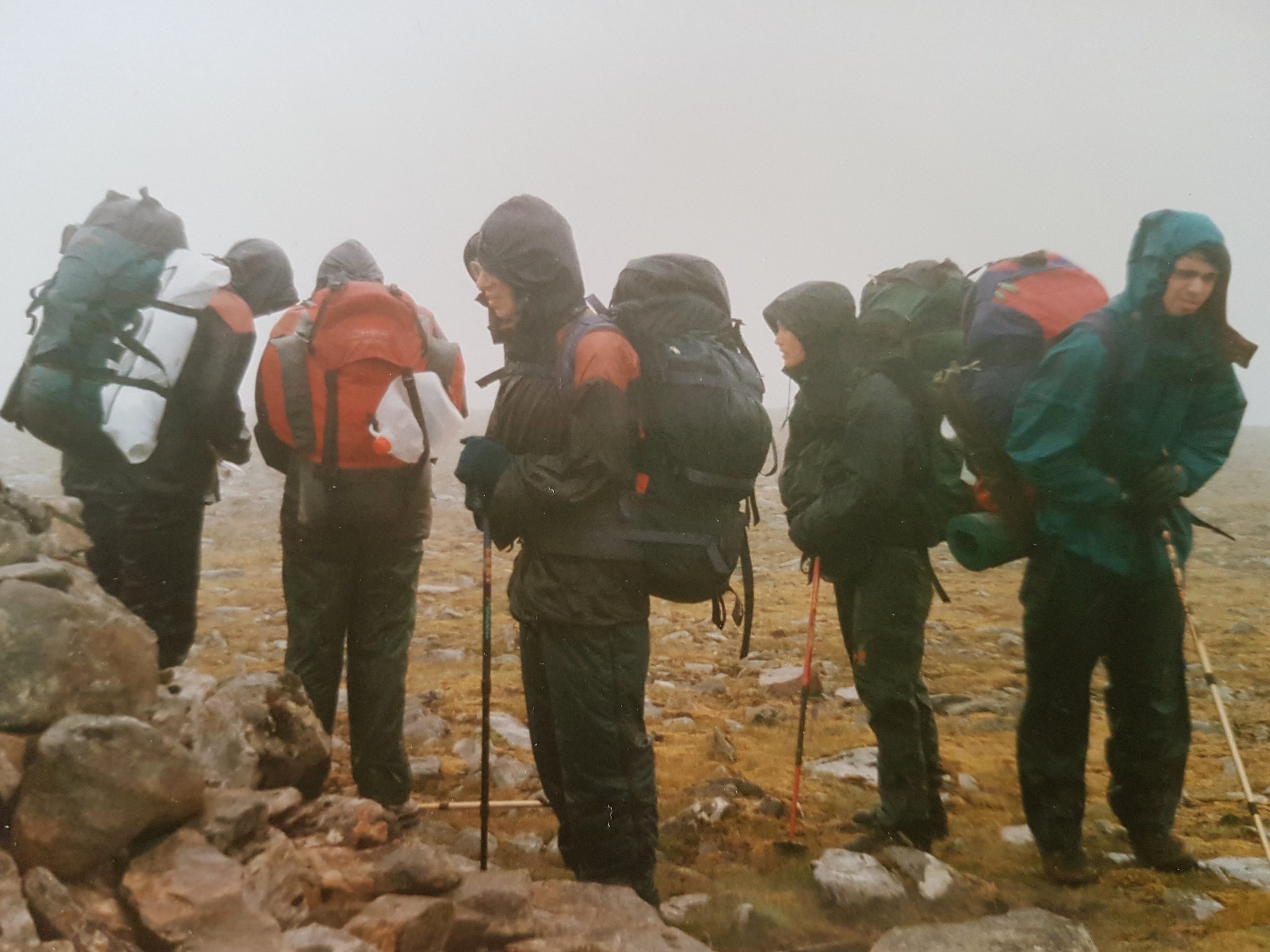Backpacking is an amazing way to explore the great outdoors. Whether you’re heading out for a day hike or a longer journey, it’s important to dress appropriately for the occasion.
The key to dressing for backpacking is comfort and practicality. You want clothing that will keep you warm, protected from the elements, and provide enough freedom of movement. Here are some tips on what to wear for backpacking.
Choose Layering Pieces
Layering is essential when it comes to dressing for backpacking trips. A good layering system will help provide insulation in cooler weather and can be adjusted as necessary when temperatures fluctuate throughout the day.
Start with a base layer of lightweight, breathable fabric such as merino wool or synthetic materials like polyester or nylon. This layer should fit snugly against your skin in order to wick away sweat and moisture. On top of this layer you can add a mid-weight fleece pullover or jacket, and then a waterproof outer shell if necessary.
Choose Breathable Fabrics
When selecting fabrics for your backpacking wardrobe, look for ones that are designed to keep you dry and comfortable. Merino wool has become increasingly popular due to its natural ability to wick away moisture and regulate body temperature. Synthetic fabrics such as polyester and nylon also offer excellent breathability and moisture-wicking capabilities without sacrificing durability.
Stick with Performance Footwear
Your shoes are one of the most important elements of your backpacking wardrobe because they provide support and traction while walking on uneven terrain. Look for shoes that have a rugged sole with good grip, plenty of cushioning, waterproofing capability, breathability, and flexibility.
Accessorize Wisely
In addition to choosing clothing that’s comfortable and practical, it’s important to accessorize smartly for backpacking trips. A sun hat can protect you from UV rays while trekking during the day; gloves can keep your hands warm in cold weather; sunglasses can help reduce glare; lightweight gaiters keep debris out of your shoes; a lightweight scarf can help insulate your neck in colder temperatures; trekking poles provide additional stability on uneven ground; and a backpack rain cover will protect your gear in wet weather.
Conclusion: When choosing what to wear for backpacking trips, it’s important to consider comfort, practicality, breathability, weather protection & accessorizing wisely. Layering pieces made from merino wool & synthetic fabrics like polyester & nylon work best along with performance footwear & appropriate accessories such as hats & gloves.

